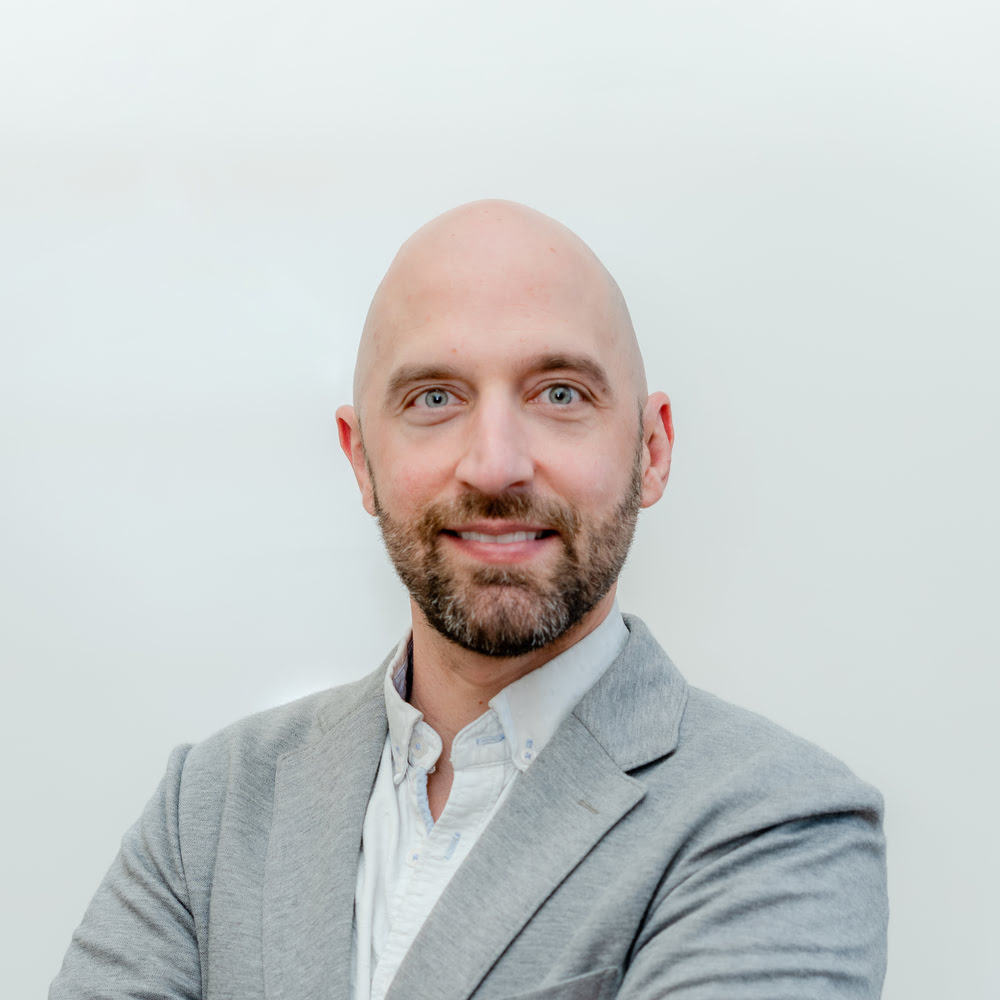This article is part of our feature on the future of wastewater in the U.S.’s fastest growing metro areas. We’re using the Transcend Design Generator to automatically build, expand, or upgrade regional wastewater treatment systems in each of these regions.
Miami’s metropolitan area, comprising Broward (#20), Miami-Dade (#21), and Palm Beach (#23) counties, is another region in Florida witnessing rapid population growth. Over the course of 2010 to 2020, the population of these three counties increased by approximately 550,000. Assuming a similar rate of growth, an additional 550,000 residents are expected to move to the region over the next decade. This significant influx necessitates an additional wastewater treatment capacity of 38 MGD.
Given the expansive geography of the three counties, a decentralized approach is suitable for effectively addressing this increasing need of wastewater in Miami. The goal is to design several smaller plants across the region with each of them functioning efficiently within their limited space and facilitating manageable upkeep.
The plants will feature Upflow Anaerobic Sludge Blanket (UASB) reactors as a pre-biology treatment step, capitalizing on the region’s warm climate to promote anaerobic digestion and consequent biogas production. This biogas can be harnessed for electricity generation in a carbon-neutral manner, contributing to the overall sustainability of the system. Sequential Batch Reactor (SBR) technology will serve as the main biological treatment process, followed by chemical disinfection to ensure safe discharge of the treated water.
A prototype 6 MGD plant will be designed using the Transcend Design Generator (TDG), ensuring quick and standardized design while adhering to all regulatory norms. It is estimated around 6-7 such plants will be needed to address the projected increase in wastewater generation.
The strategy of the Miami metropolitan area, like Polk County, underscores the importance of tailoring wastewater treatment solutions to local geography and growth trends. This approach of designing compact, energy-efficient plants using advanced design tools like TDG may serve as a sustainable model for other rapidly growing metropolitan regions.
If you’d like to see the full design package for this treatment plant, send us a note at info@transcendinfra.com or contact us here and a member of our team will share it with you!
If you enjoyed this piece you may also want to read about the future of wastewater in Philadelphia.






